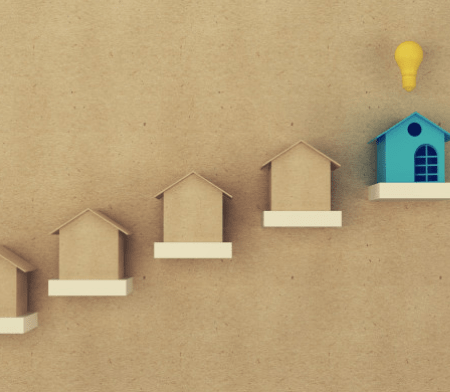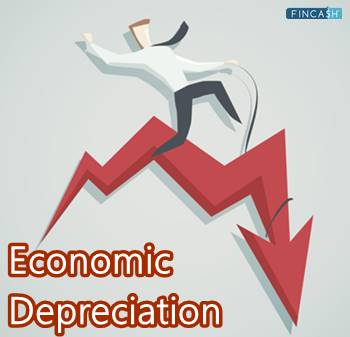
What is Depreciation?

Depreciation is an Accounting concept, in which the cost of the expensive products you purchased for your business will be written off over its life. It shows the used-up value of the given asset.
A small portion of the asset’s value is deducted from its total cost every year, thus giving you better control over finances. Depreciation is an important component of financial accounting, and it can have a profound impact on your profits if it isn’t calculated properly.
Depreciation Formula
Cost - Salvage Value / Number of years or Useful Life
The life expectancy of the asset determines the period over which the asset will be depreciated. For example, the life expectancy of a computer or laptop is around 5 years. So, the cost of the laptop will depreciate for the next five years (or as long as the laptop is useful). Similarly, if you are certain that the laptop will be worthless, then you can lessen the depreciation period to three years.
The depreciation cost must be spread over time, instead of writing off the assets in the first year of purchase.
Companies spread out the depreciation cost of an asset over time because the assets used for commercial applications, such as equipment and machinery are costly. Writing them off within the first year of purchase can result in losses. That’s why the Accountant depreciates these valuable assets over a period of 2-3 years and more - depending on the life expectancy of the equipment and how long it will be useful for the company. This also allows businesses to generate profits from these assets.
Talk to our investment specialist
Types of Depreciation
There are 4 common formulas used for calculating depreciation. They include:
- Straight-line method
- Double declining
- Units of production
- Sum of years digit
What is Depreciation Expense?
Each business owner follows unique depreciation policies and sets a specific amount that suggests the time and cost. For instance, a business that commenced recently may set INR 10,000 as the depreciation threshold for their machinery, while an established or a large-scale corporation can set INR 1,00,000 as the initial cost of assets’ depreciation.
The longer the company uses fixed assets, the more profits it can generate. That’s why businesses spread the cost of the assets for as long as possible. Depreciation is an expense, but it’s profitable for your business as it reduces your revenue, and thus saves you the tax-based expenses.
According to the Generally Accepted accounting principles, the expense and profits for the year must be recorded within the same period. Depreciation associates the revenues generated from the assets with the expenses a company incurs from the same. Put simply, the Income from the assets for the financial year is recorded with its depreciating cost.
The depreciation cost is shown as the percentage and can vary from 10% to 20% and higher. It depends on the company’s depreciation policy and the asset in question.
All efforts have been made to ensure the information provided here is accurate. However, no guarantees are made regarding correctness of data. Please verify with scheme information document before making any investment.












